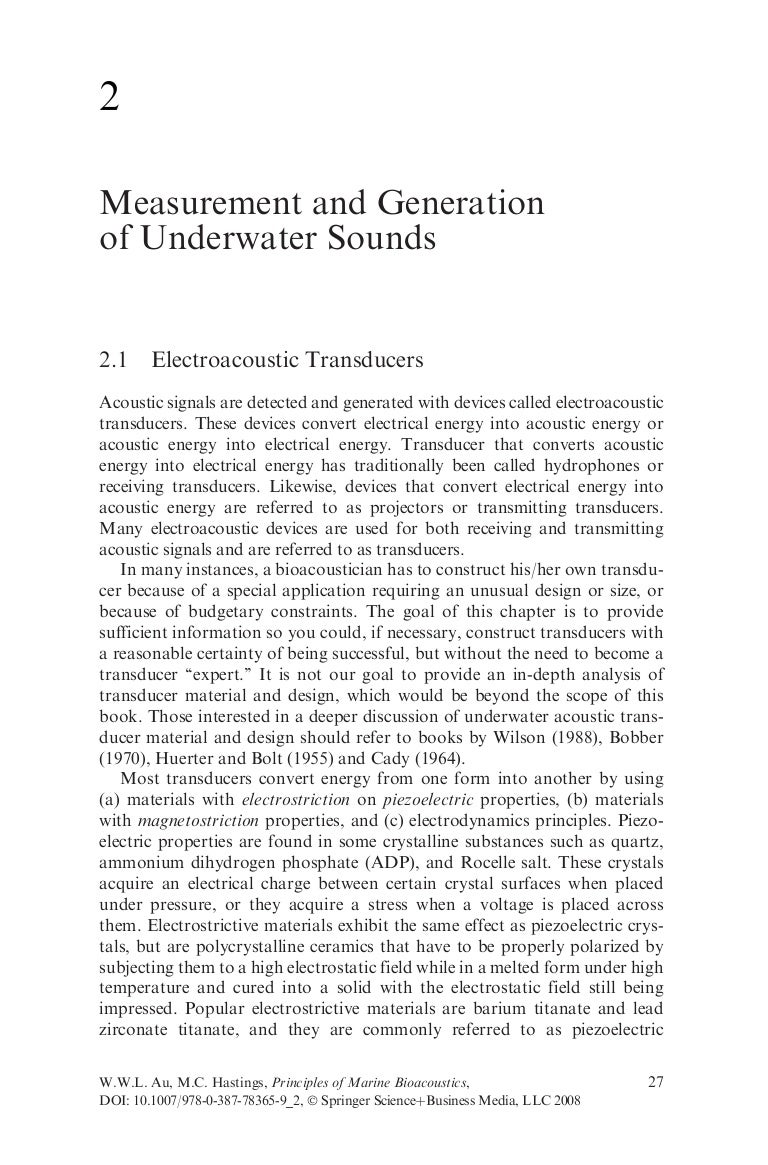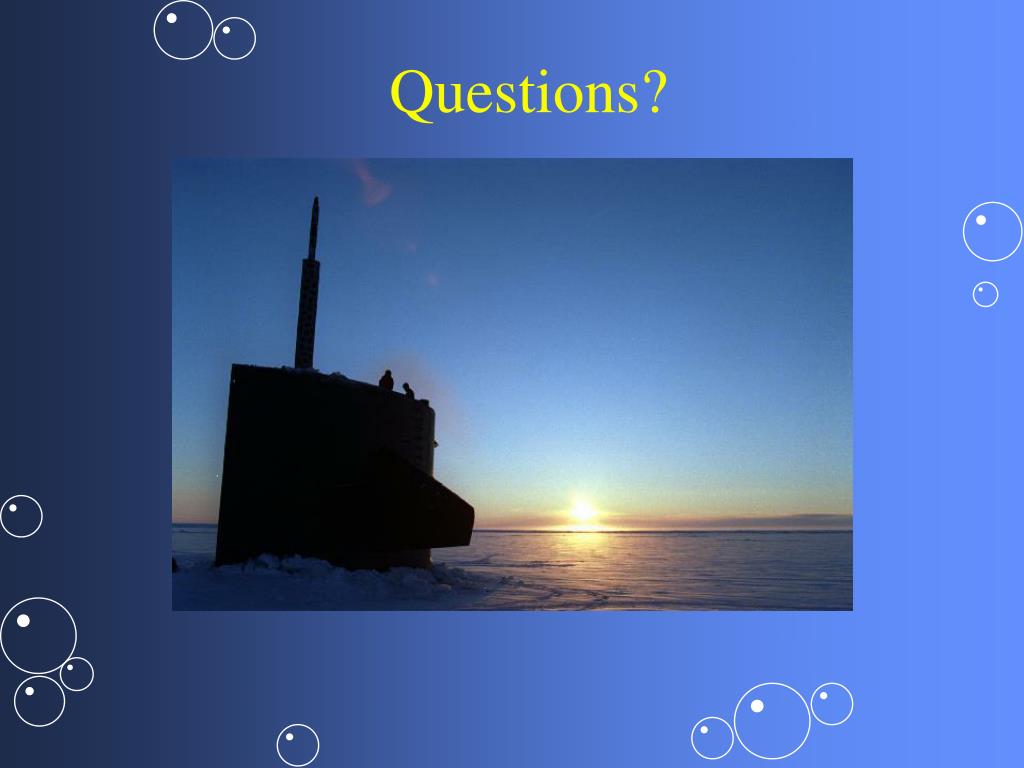

In 1951, the station on Goat Island was reorganized:įor the next 15 years, it was the Underwater Ordnance Station, and then the Underwater Weapons Research and Engineering Station until 1970. The Naval Torpedo Station researched and tested underwater weaponry through World Wars I and II, creating additional facilities on Rose Island, Fox Island, and Gould Island. The Torpedo Station designed the Mark VI magnetic influence fuze for torpedoes during the 1920s. The torpedo factory became a major employer in the Newport area, as Rhode Island congressmen protected it from competition. Ī factory was built in 1907 to manufacture steam torpedoes for the Navy. The Army adopted the Navy formulation in 1908 and began manufacture at Picatinny Arsenal. During the 1890s, Charles Munroe and John Bernadou worked at Newport, patenting a formulation of nitrocellulose colloided with ether and alcohol which was used as smokeless powder for naval artillery through the two World Wars. Naval Torpedo Station was founded in Newport, Rhode Island on Goat Island, the site of Fort Wolcott which was built in 1702 and served as an Army fort from 1794 to 1835. Those laboratories were themselves made up of consolidated older laboratories and facilities dating from World War I.Įarly history Newport, Rhode Island Two major laboratories, in Newport and New London composed the largest elements of what is now Division Newport. The current entity is composed of many elements of Navy undersea research, particularly acoustics and acoustic systems with weapons research and development history dating to the 19th century. It employs more than 4,400 civilian and military personnel, with budgets over $1 billion. NUWC also controls the Fox Island facility and Gould Island.


NUWC is headquartered in Newport, Rhode Island and has two major subordinate activities: Division Newport and Division Keyport in Keyport, Washington. It is one of the corporate laboratories of the Naval Sea Systems Command. If a transducer is lost or severely damaged, a replacement or repair fee is charged.The Naval Undersea Warfare Center ( NUWC) is the United States Navy's full-spectrum research, development, test and evaluation, engineering and fleet support center for submarines, autonomous underwater systems, and offensive and defensive weapons systems associated with undersea warfare. Normally, the loan fee provides for shipping costs, 30 meters of underwater electrical cable, a standard calibration (free-field voltage sensitivity and/or typical transmitting response), and minor repair or maintenance of a transducer.
#Underwater sound reference division full
The full amount of the loan fee must be received prior to shipment of a transducer. USRD charges a loan fee for use of transducers in order to recover incurred costs. For general guidance, refer to the chart of transducer specifications below. Based on this information, the USRD staff can help select an appropriate transducer. The intended use, the measurement environment, and the frequency range of interest determine the type of transducer that is best suited to the application. Once authorized, loans to foreign governments are treated the same as loans to U.S. government and 55% of these customers are from commercial industry, universities, and state governments. Approximately 45% of the customers for these transducers are from various parts of the U.S. USRD transducer standards are used to verify specifications, to show conformance with contractual obligations, to show conformance with environmental laws, and to provide a reference base for advancing science and technology within the underwater acoustics community. with a wide variety of underwater transducer standards. Consistent with this role, USRD provides the U.S. The Underwater Sound Reference Division (USRD) at the Naval Undersea Warfare Center (NUWC) in Newport, Rhode Island performs as the equivalent to NIST in underwater acoustics with traceability to NIST electrical voltage and current standards. The National Institute of Standards and Technology (NIST) performs the governmental function of providing standards in areas except underwater sound. The impetus for this effort is to ensure consistent and accurate measurements for research, development, inspection, acceptance and maintenance of ships, aircraft, and weapon systems.

Navy's policy to maintain acoustic standards of measurement to certify performance of test and measuring equipment.


 0 kommentar(er)
0 kommentar(er)
